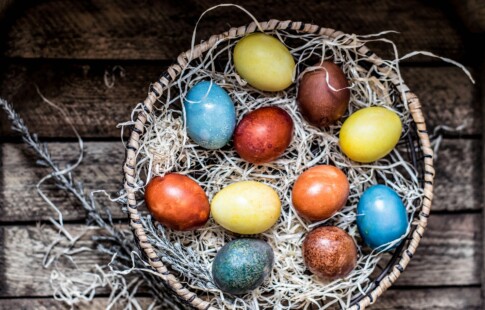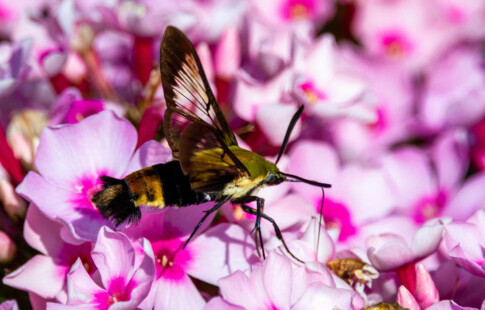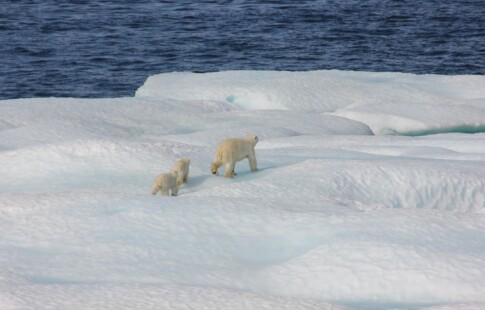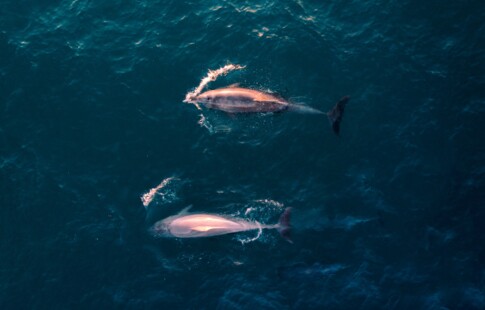
Winter Activities To Teach Children About Sustainability
We are reader-supported. When you buy through links on our site, we may earn affiliate commission.
With science proving that the next few years are crucial to treat the world right and halt the damage to the environment, instructing children on ways to reduce, reuse and recycle is critical. It’s time to improve the way we teach children about sustainability.
While children may find it challenging to grasp certain nuanced concepts, they still understand when a character — such as canine Rocky from “Paw Patrol” — stands up for Earth. Unfortunately, talking about climate change in children’s shows isn’t enough to inspire kids to make a change as they grow older. Education starts at home, and you’ll find plenty of low-waste ways to teach your children about the world around them this winter.
Indoor Educational Winter Activities
When it’s too cold to venture into the great outdoors, you can opt for other opportunities to expose your children to how they can learn about and help protect the environment at their age. Keep in mind that some of these activities may involve you explaining to or guiding your children through the educational part of the activity.
1. Read Eco-Friendly Books
Most kids love reading. Whether they can read independently or still need you to read the words for them, snuggling up with an educational book can prove beneficial for your children. Reading aloud can help your children develop their understanding of language and processing skills, and it can teach them something new about the world they live in, too.
2. Create Salt Snowflakes
Winter usually connotates snowflakes. Plenty of children know how to make standard snowflake decorations using glue and glitter — but you can teach your children that environmentally friendly snowflake crafts exist, too. Find some construction paper in your children’s favorite colors, and craft glue will allow them to draw the shape of whatever kind of snowflake they like.
Instead of using glitter, opt for salt. Salt is an organic alternative to glitter, which can harm the environment due to it not being biodegradable, and it can look just as beautiful in the sunlight as any color of glitter.
3. Watch a Livestream
When you don’t have any fun crafts or activities that involve exercise to keep your children entertained, consider finding a livestream you can watch together. You can find livestreams for any ecosystem, including under the sea or in the depths of a forest. You can also tell your children more about the animals they see on their screens.
If you want to take the learning a step further, consider symbolically adopting an animal in need, in which you can make donations to an animal in your children’s names and receive a bunch of goodies — like a photo, stuffed animal and information about it — in return. Your children might love to boast about their pet that’s also an endangered animal.
Outdoor Educational Winter Activities
No matter what part of the world you live in, wintertime is exciting. The holidays make the world’s mood cheerful, and whether you have snow or pleasant weather, you can enjoy the great outdoors with your children.
1. Go Geocaching
While the concept of geocaching may be challenging for your children to grasp, it might be fun for them to go on a “treasure hunt” of sorts. Your children can locate treasures in the real world through your smart device and sign their names in a logbook, proving that they found the hidden location.
Encouraging children to explore the natural world around them and ask questions can foster a love for nature and learning. Try to know the local plants and animals so you can effectively answer any questions your children may have while exploring their natural community.
2. Build a Pinecone Birdfeeder
You don’t need to buy anything plastic to feed the birds. Building a birdfeeder on your own is sustainable and makes for a fun craft for your little ones. Look for pinecones that may have fallen off of pine trees. Challenge your children to find the biggest or prettiest ones, then tie strings around them so you can hang them from branches.
The next step is to cover your natural birdfeeder in peanut butter. The peanut butter serves as an edible adhesive for birdseed. Once your children cover their pinecones in peanut butter, roll the pinecones in birdseed to coat them. Then, you can hang them outside on tree branches.
As you build your birdfeeders, you can teach your children about birds and how they migrate. If you live in a warmer area, you may see migratory birds only in your area during the winter, as their usual home is somewhere up north. Teach them about the commonality of short-distance and medium-distance migration and what kind of birds they may see at their feeders.
3. Make a Suncatcher
These suncatchers don’t last long, which is the perfect way to teach your children about sustainability — things that leave behind zero waste and zero impact on the environment. Beyond that, they’ll look beautiful hanging outside your home in the winter sun for a few hours.
Encourage your children to head outside and collect things in nature they find beautiful. These items might include things like twigs, berries, rocks and more. In sturdy containers, your children can arrange their items how they like. Once your kids are done with their decorations, pour water over the items. This water will create the ice that will hold the suncatchers together.
If the temperature is below freezing, consider letting the suncatchers freeze outside. If not, make sure they fit in your freezer and solidify for a couple of hours before you take them out and hang them up. Eventually, the ice will melt away, and your children can watch the fascinating process of melting.
Use These Ideas to Teach Children About Sustainability
Kids love activities that allow them to be creative. The great outdoors provides many natural elements that kids can learn from and play with. Even if you can’t go outside for the day, you can still bring objects inside or utilize technology or other household items to teach children about sustainability and the world around them. Fostering a love for the planet starts with your family, and as long as you encourage curiosity, you’ll be parenting them right.
Share on
Like what you read? Join other Environment.co readers!
Get the latest updates on our planet by subscribing to the Environment.co newsletter!
About the author
Jane Marsh
Starting from an early age, Jane Marsh loved all animals and became a budding environmentalist. Now, Jane works as the Editor-in-Chief of Environment.co where she covers topics related to climate policy, renewable energy, the food industry, and more.





